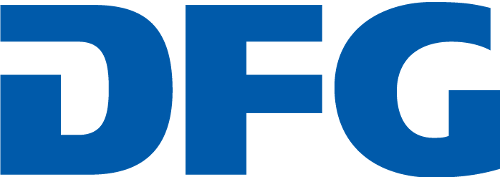[This Priority Programme is completed. Most of the information on these pages dates from before 2024.]
Quantum Dynamics in Tailored Intense Fields
Light is our most important tool to observe and manipulate the microscopic world because the electromagnetic field of light waves exerts forces that we can control extremely well. When matter is exposed to light, it is the electrons that are immediately driven by these forces. Other degrees of freedom are then affected indirectly so that, for instance, chemical reactions can be triggered.
After several decades of laser development, we now witness the emerging capability to generate waveforms of light that are tailored at the level of the instantaneous electric field on a subfemtosecond time scale (1 femtosecond = 10-15 seconds) and with arbitrary polarization. Unlike the multi-cycle averaged effect of conventional laser pulses, these new waveforms can exert controlled instantaneous forces in arbitrary direction. The physics and chemistry of quantum systems in the presence of strong tailored light are the central theme of this Priority Programme. Typical laser intensities are in the range from 10 TW/cm2 to 1 PW/cm2 which means the applied field strength is comparable to the inner-atomic forces but mild enough to avoid immediate destruction of the target systems.
By tailoring fields with sub-cycle and sub-femtosecond precision to electronic and nuclear dynamics, they provide access to attosecond chemistry and physics (1 attosecond = 10-18 seconds). For example, attosecond pulses generated from strong-field interactions via high-harmonic generation can probe directly the temporal evolution of quantum systems with unprecedented speed. Photons, electrons and ions are emitted from irradiated systems and carry the information about microscopic dynamics. This information is often encoded in a non-obvious manner, requiring careful modelling of the underlying phenomena.
This six-year Priority Programme is funded by the German Research Foundation DFG in two phases with phase 1 beginning in 2015 and phase 2 beginning in 2018. It brings together physicists and chemists based in Germany to fully exploit the potential of the new laser sources. In this programme, we answer fundamental questions in atomic physics, we investigate molecular physics in strong controlled fields, we establish new applications in ultrafast chemistry and extend strong-field quantum dynamics to new media.




